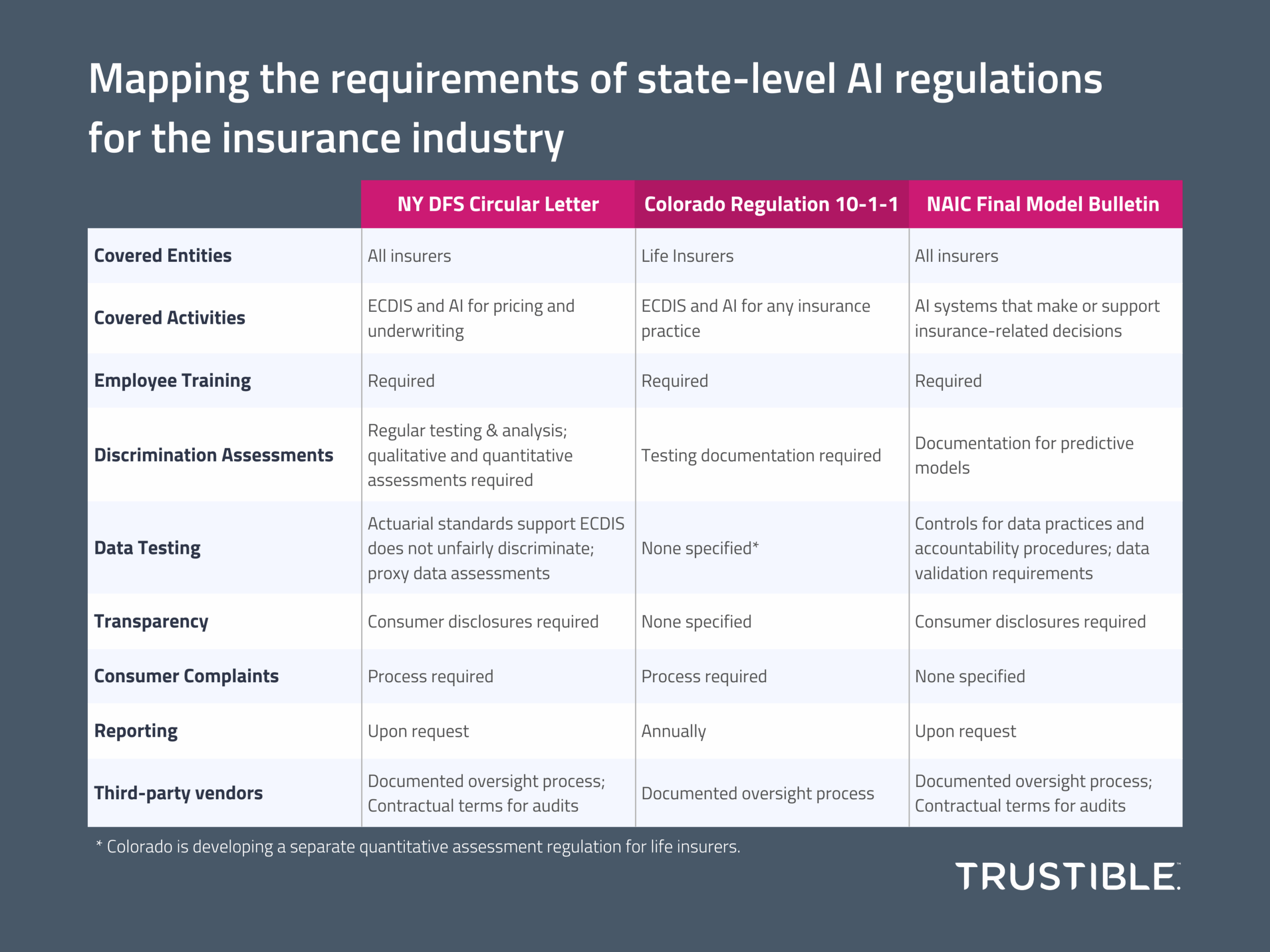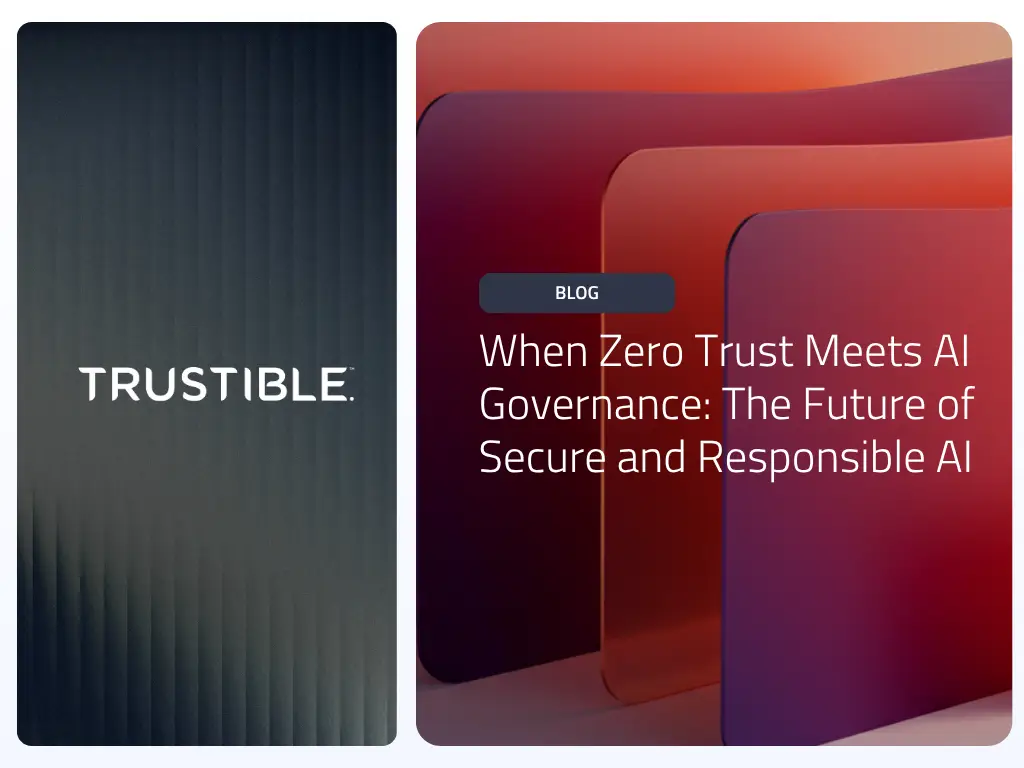States continue to pave the way forward on AI policy. As we have previously discussed, 2023 saw a flurry of activity from state legislatures on various AI-related legislation. However, state legislatures were not alone in attempts to implement greater oversight for AI technologies.
Over the past year, the Governors of California, Maryland, New Jersey, Oregon, Pennsylvania, Virginia (Executive Directive 5; Executive Order 39), Washington, and Wisconsin have signed Executive Orders designed to gain insights on various aspects of how AI is deployed, procured, and used by state agencies. While there is increased focus on AI in the private sector, public sector AI use cases can pose some of the greatest risks to individuals, given the decisions public sector agencies render. The handful of executive actions are yet another tool in the toolbox for states to better understand and address the range of AI risks and mitigations. The following highlights some of the key features across these nine Executive Orders, which include their scope, recurring themes, shortcomings, benefits, and implications for businesses.
What is covered by the Executive Orders?
All Executive Orders are not created equal and their scopes vary across states. This is primarily due to the fact that Governors have varying levels of authority, which can restrict their ability to take sweeping action without additional authority from their state legislatures. Additionally, a Governor’s political agenda can also impact the scope of an executive action to highlight their own political priorities.
In considering the current landscape of AI-related executive actions, the key point to understand on scope is that the Executive Orders cover state agencies and departments that fall under the authority of the Governors. This means that private sector companies are largely untouched by these executive actions. A notable exception are those private companies that currently or plan to contract with state agencies. As discussed below, several of the Executive Orders (e.g., California, Pennsylvania, and Washington) explicitly mention policy recommendations or guidance for their respective state’s procurement process.
What are the recurring themes?
While the Executive Orders cover a range of topics, there are three key themes that are consistent across each of them.
First, they require that some framework is established for the use and deployment of AI by state agencies. The general concern is that policies and procedures are implemented across state agencies to offer clearer guidance for how state employees can use the technology. California and Washington also focus on the impacts of high-risk AI use cases across their respective state governments.
Second, several of the Executive Orders seek recommendations on how generative AI can be used to improve or enhance the delivery of state-provided services. While there is an acknowledgement that generative AI tools present risks and require appropriate training, states are considering the benefits associated with these tools to provide government services in a more efficient and effective manner.
Finally, the Executive Orders seek to identify recommendations regarding the impact of AI on the workforce and preparing individuals to use AI technologies. Some Executive Orders set up an ad hoc committee (i.e., a task force or advisory board), which is charged with making recommendations to ensure that the current and future workforce have adequate skills to interact with AI technologies. In some cases, the committee is also tasked with identifying proposals for K-12 educational opportunities to improve AI-related skill sets. Additionally, several Executive Orders require that state agencies establish AI training programs for state workers.
Where do the Executive Orders fall short?
Make no mistake, these executive actions are not regulatory solutions. A major issue with these Executive Orders is the narrow scope and limits on enforcement. They can only address areas that fall under a Governor’s authority as the Chief Executive of their respective state. This means, barring limited circumstances like the procurement, the scope is contained to government agencies. Similarly, many of the provisions across the Executive Orders seek policy recommendations, studies, or reports, which do not necessarily translate into enforceable rules. Moreover, executive actions are arguably less transparent than the legislative process and can further facture the AI policy landscape if the objectives are misaligned with the state legislature.
What are the benefits of Executive Action?
While the Executive Orders are limited in how they can regulate AI, they are useful in several respects. The Executive Orders can allow for a more coordinated and comprehensive approach on AI policies across state agencies. They can also improve transparency within the private sector by requiring new AI-related procedures through the procurement process. Moreover, as state legislatures grapple with how to regulate AI, the studies, reports, and recommendations required under the Executive Orders can provide valuable insights and potential guidance on implementing a broader AI regulatory regime.
What do these Executive Orders mean for the businesses?
The private sector is not completely immune to the effects of these executive actions. Executive Orders in states like California, Virginia, and Washington have requirements for state agencies to adopt as it relates to the procurement process. In fact, California and Washington require state agencies to update their procurement contract terms to include AI-related provisions. This includes requiring updates that address the impact of high-risk systems. Companies that currently, or plan to, do business with these states should be aware of how these new procurement requirements can impact their AI use cases. Moreover, additional states could require similar obligations through their procurement process, adding a new layer of compliance complexity.



